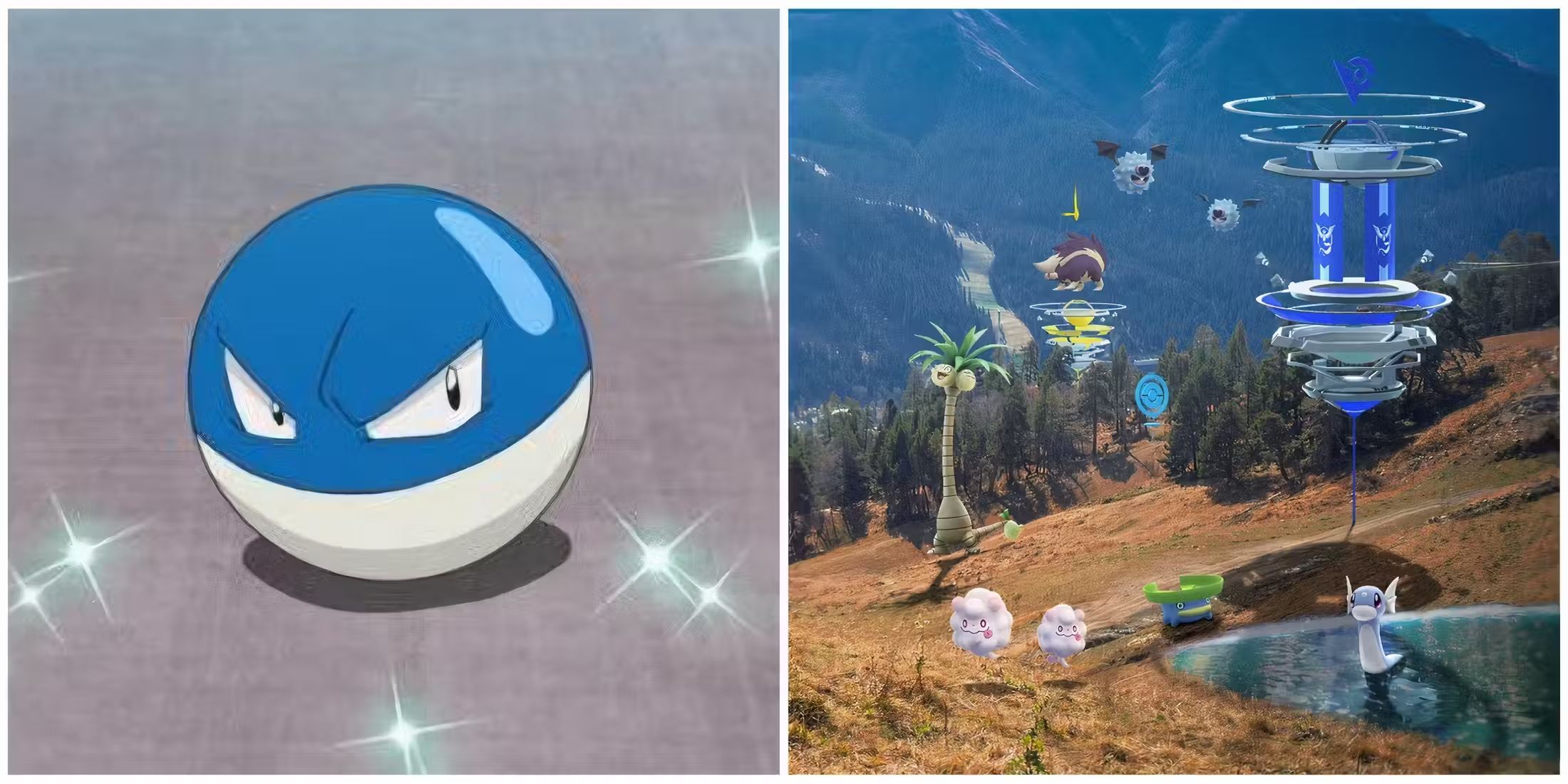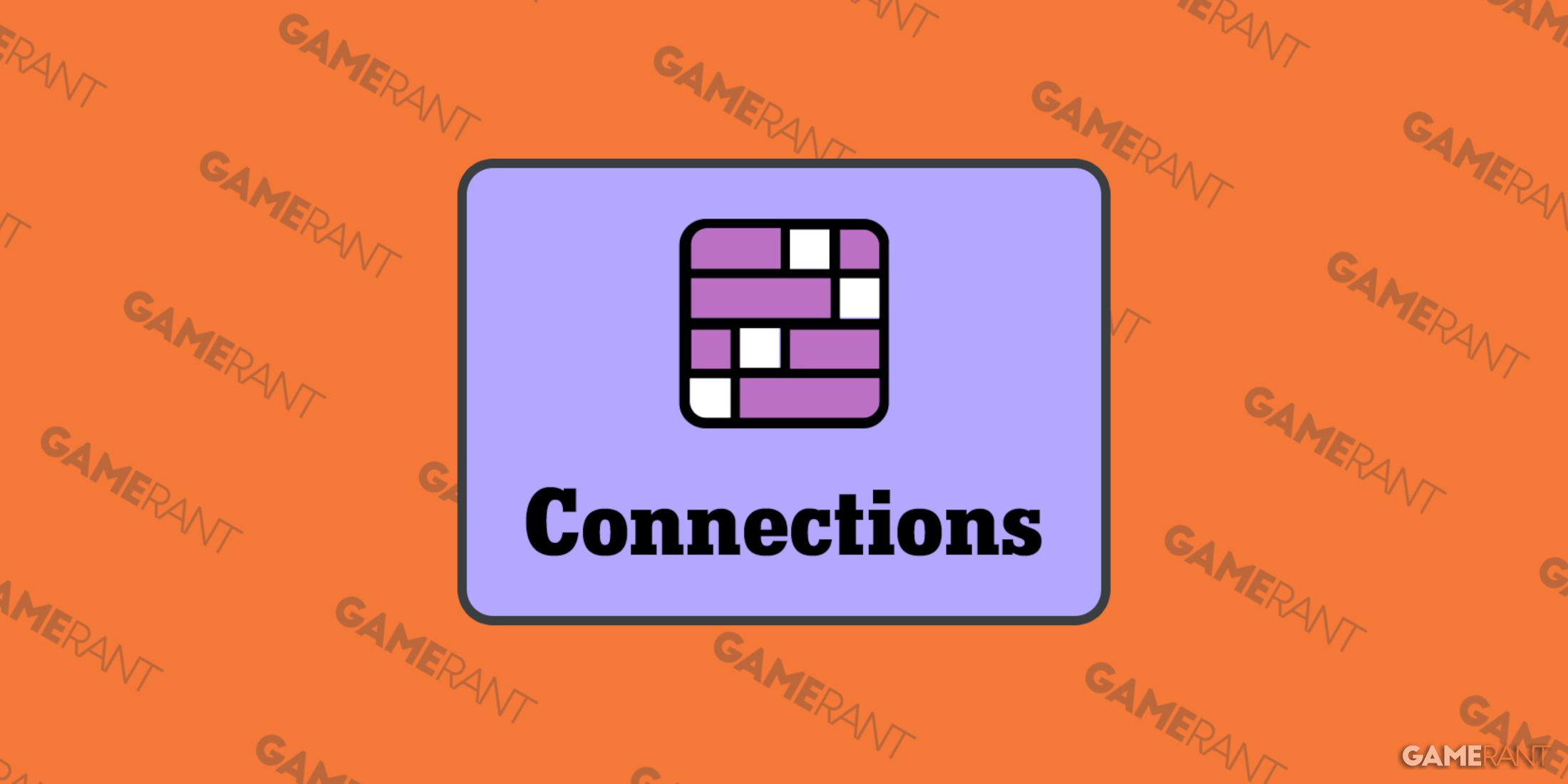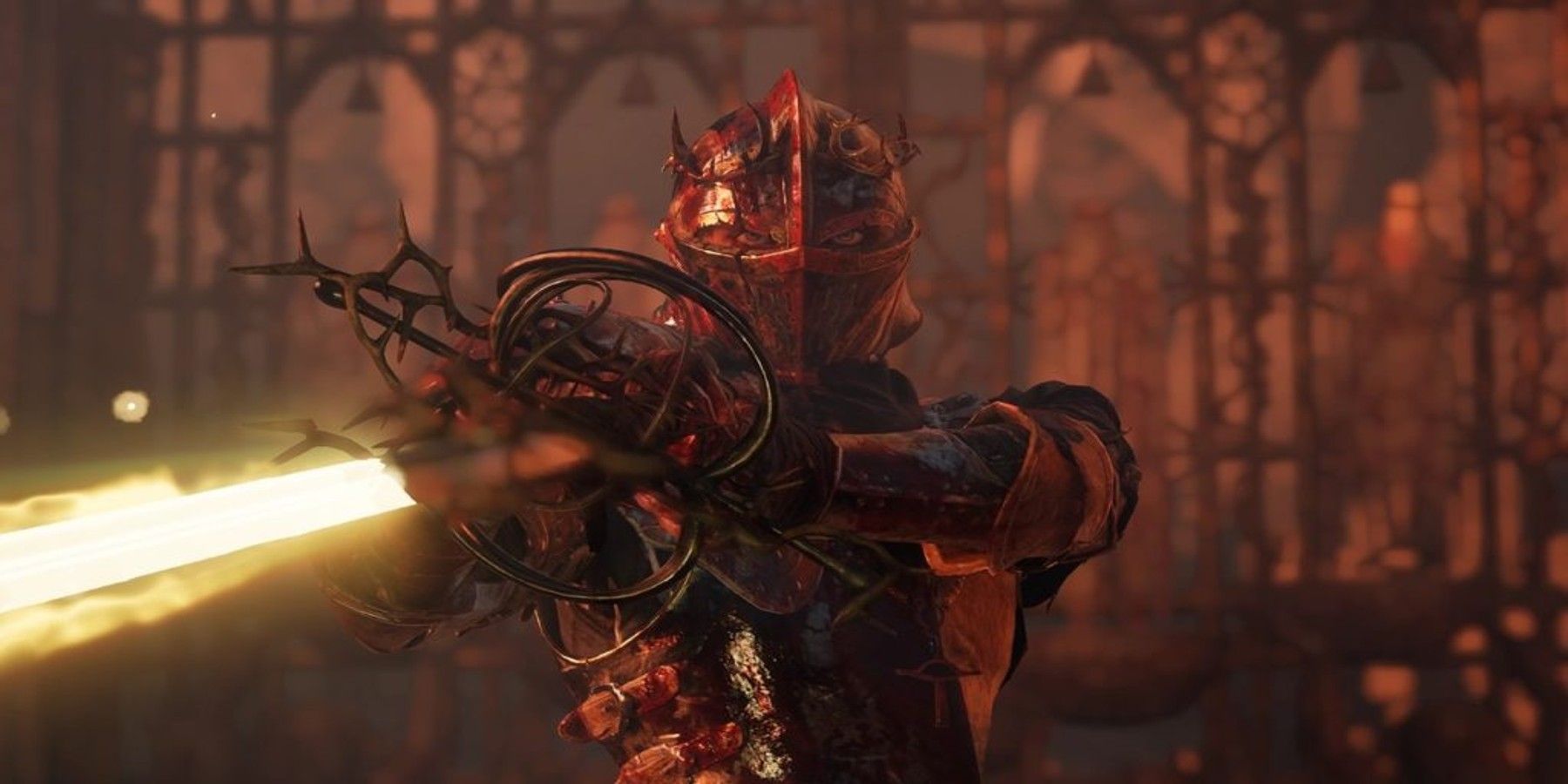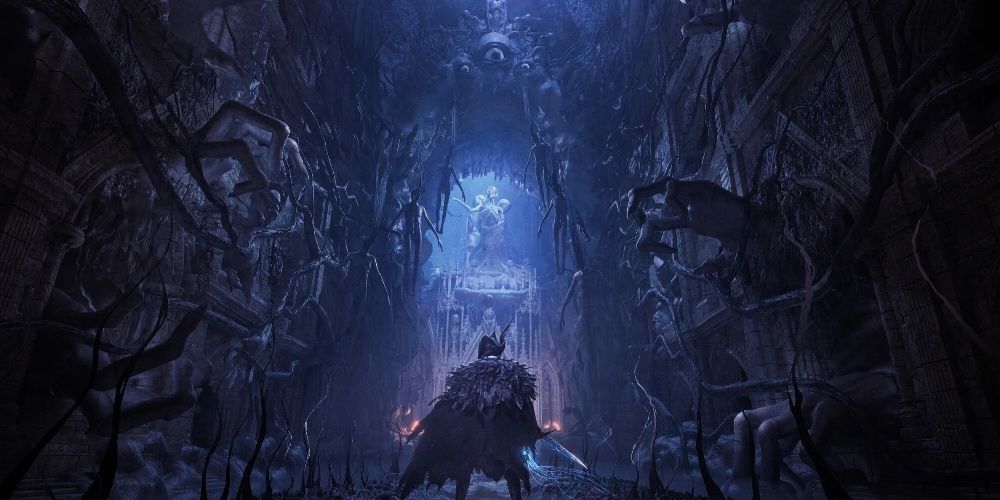Highlights
- Lords of the Fallen's unique healing mechanic utilizes the game's dual-worlds to creatively sidestep the need for constant use of the healing flask, adding a new level of strategy to healing in the game.
- The Umbral realm in Lords of the Fallen introduces a gray health bar called "Wither" damage, which can be replenished by successfully landing an attack after taking damage. Shifting to the Umbral realm allows players to restore health that would otherwise be lost permanently.
- By using the Umbral Lantern to travel to the Umbral realm and recover Wither, players can avoid permanent health loss and conserve their healing flask charges, making this clever exploit a valuable strategy for navigating the game's world and grinding enemies.
Playing any Soulslike typically brings with it certain expectations of genre staples. There's the anticipation of methodical combat and substantial difficulty, stat management and buildcraft, boss fights absolutely bursting with spectacle, and experience gains that can be lost first temporarily and then permanently upon repeat deaths. Lords of the Fallen cribs plenty of influence from Dark Souls to be one of the most "Souls" feeling games in the Soulslike genre, but it does add some innovations to the formula to stand on its own two feet. One of these is Lords of the Fallen's multi-faceted healing mechanic, which mixes Soulslike tradition along with the novelty of the game's dual-worlds to great effect.
Like practically every other Soulslike (with few exceptions), Lords of the Fallen gives players a rechargeable health flask that can be upgraded in the game's cathedral hub area and then refilled at checkpoints by resting. However, thanks to the way Lords of the Fallen implements its dual-worlds via the Umbral realm, players can take advantage of the subtle intricacies of the way healing works when shifting between realms to creatively sidestep needing to use this healing flask as much as they would in other games. Lords of the Fallen's unique take on healing isn't just a useful exploit for observant players, it's a step forward that other Soulslikes should take note of.
The Umbral Realm Adds a Layer of Strategy to Healing in Lords of the Fallen
Similar to other Soulslikes such as Bloodborne and even Soulslike-adjacent games like Remnant: From The Ashes and Remnant 2, Lords of the Fallen features its own version of the recoverable "gray health" bar it dubs as "Wither" damage. If players successfully block an incoming attack, the damage they would have otherwise taken to their health bar is converted into Wither damage, turning the bar gray. Landing an attack after taking Wither damage can heal it, converting the gray health back into the standard red in the health bar, while taking a subsequent hit from an enemy results in either more Wither damage if blocked or permanent health loss if unblocked.
However, thanks to Lords of the Fallen's dual worlds, the health bar and mechanics of healing take on an additional layer of complexity. Shifting into the Umbral realm immediately results in Wither damage, requiring players to quickly attack enemies to recover before losing the health permanently. Interestingly, players can actually shift to the Umbral realm after losing health from their health bar permanently in the material realm of Axiom and see it restored as Wither damage. Essentially, it's possible to negate the conversion of Wither to permanent health loss by traveling to the Umbral realm.
Players can undo any mistakes resulting in permanent health loss after taking Wither damage by quickly using the Umbral Lantern to transport into the realm and recover Wither, utilizing a clever exploit rather than using a charge of their healing flask. Although this isn't possible in areas without a corpse to travel back to Axiom (such as in boss arenas), it's an extremely helpful trick that players can use in the game's vast world while grinding enemies and leveling up their character. Some of the game's checkpoints can be sparse, making rationing healing charges in Lords of the Fallen a must.
Where other Soulslikes should take note is with Lords of the Fallen's conversion of what's otherwise a straightforward mechanic (health management and healing the player character) into another opportunity for strategy and careful navigation of the game's world. Thanks to the game's use of two intertwined worlds, features in other games that would normally not earn a second glance from players now require more engagement from them, resulting in greater levels of immersion. Other Soulslikes don't necessarily need to mimic the dual-worlds element of Lords of the Fallen, but adding layers of strategy and complexity to aging design is a small step in moving the genre forward.
Lords of the Fallen is available now for PC, PS5, and Xbox Series X/S.





